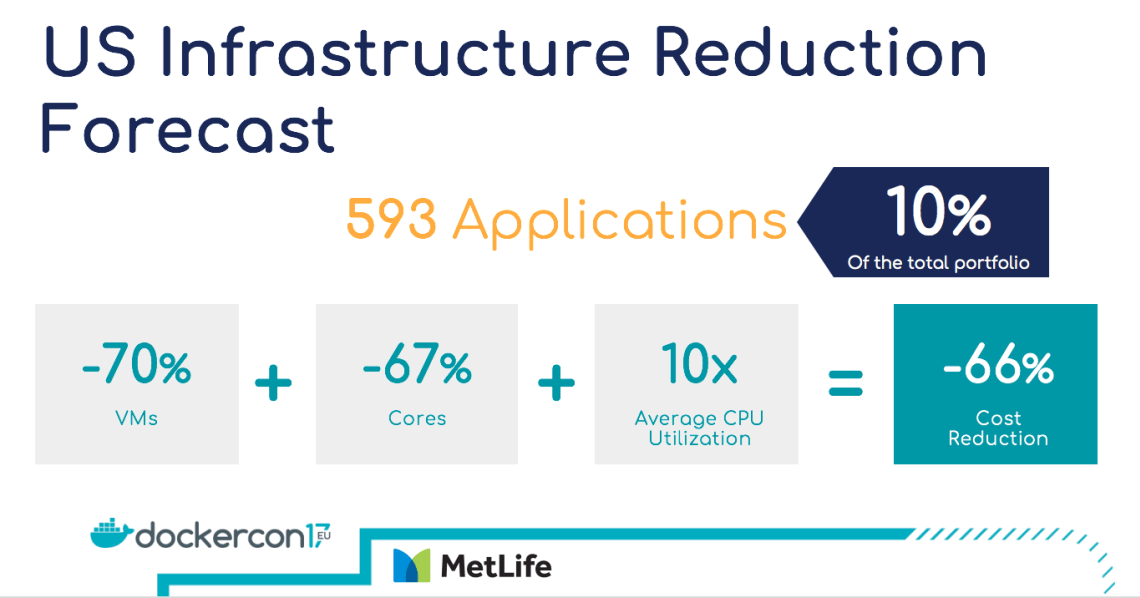
MetLife is a 150 year old company in the business of securing promises and the information management of over 100M customers and their insurance policies. As a global company, MetLife delivers promises into every corner of the world – some of them built to last a lifetime. With this rich legacy comes a diverse portfolio of IT infrastructure to maintain those promises. In April, Aaron Aedes from MetLife spoke about their first foray into Docker containerization with a new application, GSSP, delivered through Azure. Six months later, MetLife returns to the DockerCon stage to share their journey since this initial deployment motivated them to find other ways to leverage Docker Enterprise Edition [EE] within MetLife. Jeff Murr, Director of Engineering for Containers and Open Source at MetLife spoke in the Day 1 DockerCon keynote session about how they are looking to scale…
Source : MetLife Uses Docker Enterprise Edition to Self Fund Containerization
Un exemple de modernisation des infrastructure d’une « vieille » (comprendre non startup) entreprise par la conteneurisation. Oui c’est possible oui il y a des gains a avoir et non il n’est pas nécessaire de tout cacher et reprendre à zéro partout (particulièrement développer de nouvelles applications).



